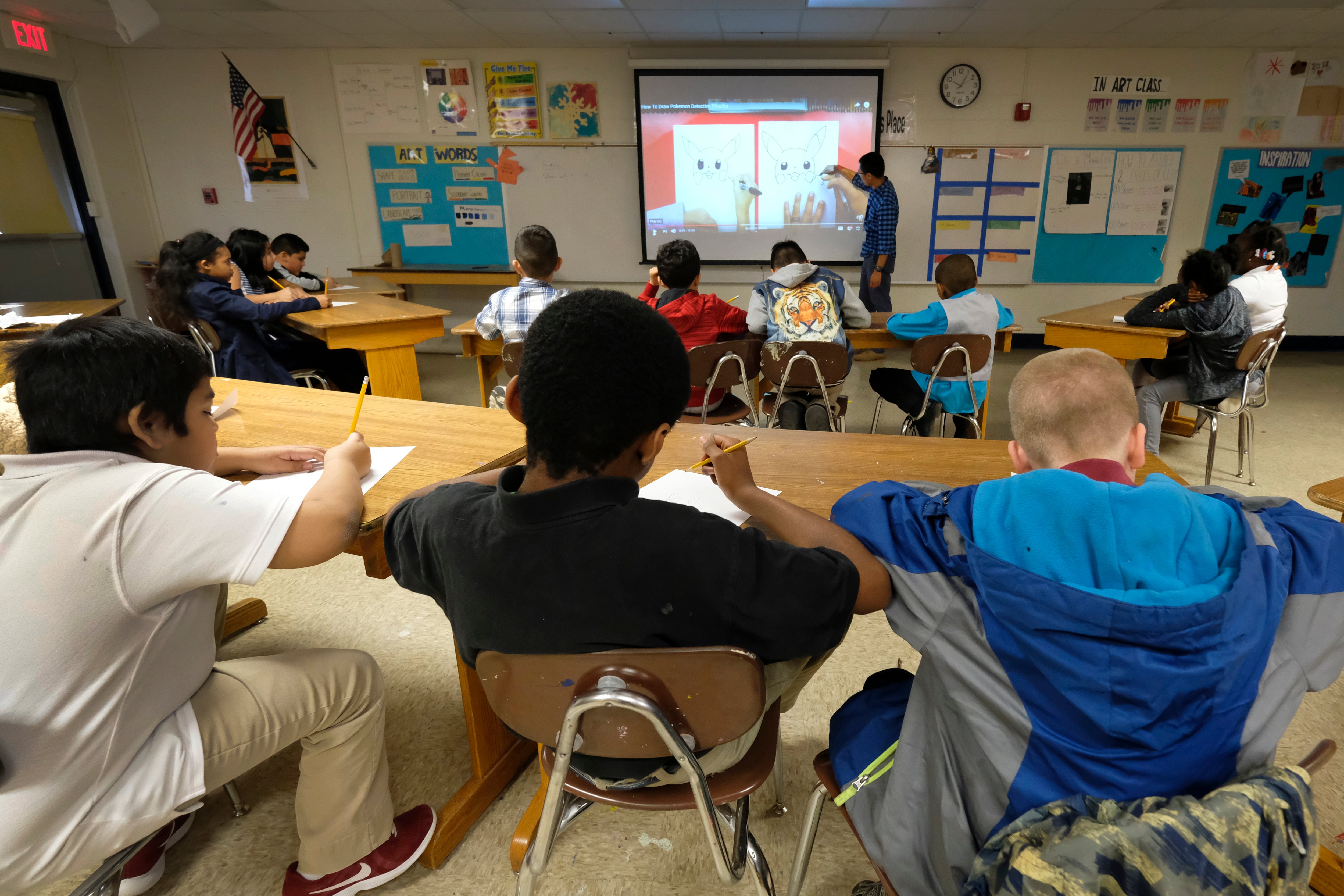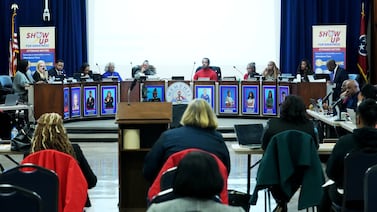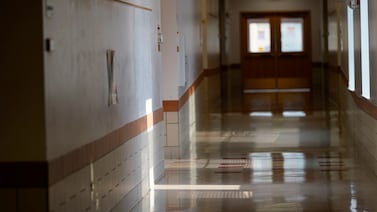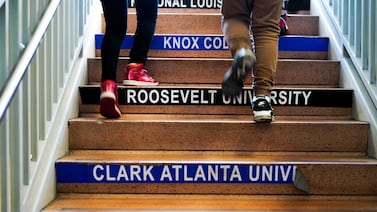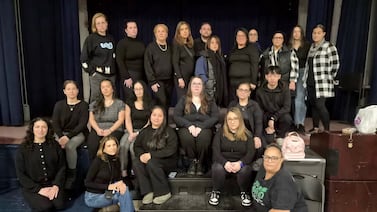Indianapolis Public Schools has too few students for the number of buildings in the district. A dozen of those facilities in use are in poor or worse condition, district leaders say.
Nearly $500 million in improvements, repairs and other deferred maintenance is needed to fix these and other school buildings, according to a recent analysis the district commissioned. The analysis also found the district has 18,500 open seats across IPS-owned buildings.
These challenges come as the district faces impending annual deficits and seeks to stabilize enrollment and improve academics.
The fiscal pressures raise the question of whether district leaders will consider closing schools — an option used recently to address a shrinking enrollment of secondary grades. Closure can provide some benefits, such as fewer operational and maintenance fees and the potential to sell buildings for cash.
Superintendent Aleesia Johnson said no decisions have been made yet on how to address the buildings.
“I think people should know that everything is on the table,” Johnson told WFYI last week. “But that doesn’t mean only closure is on the table. That means we could consider closures. We could consider consolidations; we could consider new buildings – which I think there’s certainly evidence that we need some new buildings; we could consider renovating.”
The district is asking for parent and community feedback on what changes the district should make as it continues a planning process, branded as “rebuilding stronger.” IPS is holding public meetings over the next three months to address academic achievement gaps, effective and efficient use of buildings and budgetary concerns.
The IPS administration is expected to present a “reorganization plan” to the Board of School Commissioners in October.
IPS started the yearlong initiative last year after Johnson announced the district’s budget would go into red unless widespread changes are made. The district now predicts a deficit starting in 2023 that could grow to $25 million annually by 2027.
“Resources are finite,” Johnson said during a February meeting. “We need to be really smart about the resources we have and maximize them to make sure they’re having the best effect and impact on our students and families.”
School buildings in poor condition
A consulting firm was hired to study the district’s facilities. The reports the firm produced, which were estimated to cost more than $600,000 in total, are to “provide specific recommendations and key observations leading to the most effective use of IPS facilities.” IPS has not released the full reports prepared by Florida-based MGT Group.
Buildings were given a composite score based on its physical condition – such as roofs and HVAC systems, ability to support learning, technology infrastructure and exterior conditions – such as fencing and playgrounds.
According to parts of the study made public, 15 of 67 IPS school buildings are in poor or worse condition, including three buildings that IPS has already closed.
Out of the 12 still operational buildings in poor or unsatisfactory condition, 11 are elementary schools. Joyce Kilmer School 69, the elementary school recently approved for closure, was rated with the worst overall physical and learning-environment condition out of all district schools.
Repairing those schools would cost more than $465 million to bring all buildings up to “a condition of good or better,” said Shareyna Chang, executive director of portfolio strategy for IPS. That’s roughly the equivalent to the district’s annual operating budget.
The Indy Chamber sought to address the district’s building utilization problem in 2018 when it made an agreement with IPS regarding the proposed property-tax referendum. The chamber supported the referendum — once the amount sought was reduced — in exchange for IPS promising to close nearly a dozen schools. The agreement between the district ended last year.
Enrollment decline
Facility usage is an ongoing concern.
Throughout the 1970s, district enrollment drastically declined from a high of 109,000 students. As a result, dozens of buildings were sold or repurposed.
In recent years, enrollment ticked up due in part to charter schools partnering with the district. But enrollment has yet to reach the levels of 2006, when about 37,500 students were enrolled in district-controlled schools.
In 2017, the district closed three high schools and one middle school due to a decades-long decline in secondary students. In 2020, Thomas Carr Howe Community High School was shuttered after the state ended intervention of the school and returned it to district control. Last week, the school board approved the closure of Joyce Kilmer School 69, a northeast side elementary, this summer.
Today, IPS serves around 31,300 students. Of those, 28,100 students — a 22 percent decrease from 2006 — attend class at an IPS-owned building. This total includes students enrolled at charter schools operated at an IPS facility but managed independently within the district.
District officials are concerned about the shrinking number of students attending traditional IPS schools directly run by the district – predominantly neighborhood schools where students are assigned to attend based on their home address. That is a primary factor in the impending deficit.
“And because we are still sort of servicing those schools at the same level, then it can continue to exacerbate our funding and our financial outlook,” Johnson said.
What is the rebuilding stronger initiative?
Now stakeholders are trying to determine potential steps the district could take for these buildings. Over the next four months, a roughly 30-member committee – composed of students, parents, staff and community members – will serve in an advisory capacity to review district data and work in small groups to develop solutions to improve the student experience, academic performance, facilities operations, enrollment policies and finances.
The public is allowed to attend the committee’s meetings through June, but public comment will not be taken. Instead, community members can fill out an online survey to provide feedback. Recordings of the meetings will be posted to the IPS website. The next meeting is at 6 p.m. April 14 at Francis W. Parker School 56.
After June, IPS administrators will allow the public to provide feedback on a proposed reorganization plan before IPS staff members present the plan to board members in October. The resulting plan will be implemented over the next three years.
Contact WFYI education reporter Elizabeth Gabriel at egabriel@wfyi.org. Follow on Twitter: @_elizabethgabs.

